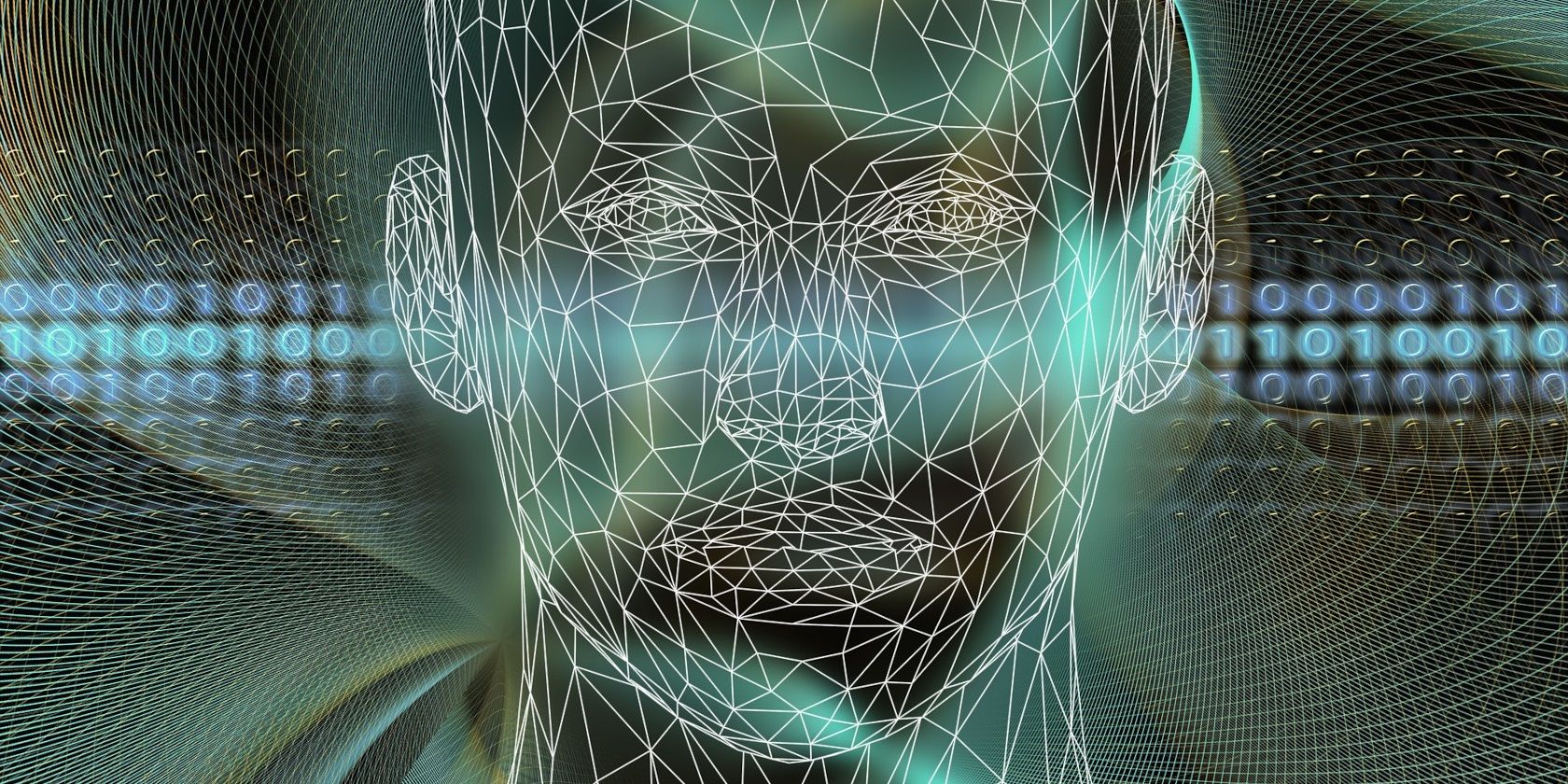15
What Is No-Code AI and How Do You Use It?
Original article seen at: www.makeuseof.com on October 8, 2023

tldr
- 🚀 No-code AI platforms are making AI accessible to non-technical individuals.
- 🛠 These platforms offer pre-trained machine learning models, reducing development and deployment times.
- 🔍 Despite the benefits, no-code AI has limitations such as platform dependence and reduced flexibility in fine-tuning models.
- 📈 The technology is expected to improve and become more prevalent over time.
- 🎓 Users still need some level of analytics expertise to guide the AI tool effectively.
summary
No-code AI platforms are democratizing access to AI by allowing individuals without a technical background to develop and deploy AI applications. These platforms offer pre-trained machine learning models, eliminating the need for model development and reducing development and deployment times. Examples of such platforms include DataRobot, Google AutoML, Clarifai Platform, MonkeyLearn, Google's Teachable Machine, Lobe, and Apple's Create ML. Despite the benefits, no-code AI has limitations such as platform dependence and reduced flexibility in fine-tuning models. The technology is expected to improve over time and become more prevalent. While no coding skills are required, users still need some level of analytics expertise to guide the AI tool effectively.starlaneai's full analysis
The rise of no-code AI platforms represents a significant shift in the AI industry, making AI more accessible to a wider audience. This democratization of AI could lead to a surge in AI applications across various sectors, potentially driving further investment in the field. However, the limitations of no-code AI, such as platform dependence and reduced flexibility in fine-tuning models, could pose challenges. Furthermore, while no coding skills are required, users still need some level of analytics expertise to guide the AI tool effectively, which could limit its adoption to some extent. Despite these challenges, the future of no-code AI looks promising, with the technology expected to improve and become more prevalent over time.
* All content on this page may be partially written by a clever AI so always double check facts, ratings and conclusions. Any opinions expressed in this analysis do not reflect the opinions of the starlane.ai team unless specifically stated as such.
starlaneai's Ratings & Analysis
Technical Advancement
70 The concept of no-code AI represents a significant technical advancement as it democratizes access to AI technology, allowing non-technical individuals to develop and deploy AI applications.
Adoption Potential
80 Given the ease of use and the reduced need for technical expertise, the adoption potential of no-code AI is high.
Public Impact
60 The public impact of no-code AI is moderate. While it does democratize access to AI, its impact is largely dependent on how these tools are used.
Innovation/Novelty
75 The novelty of no-code AI is high as it represents a new approach to AI development, making it accessible to a wider audience.
Article Accessibility
90 No-code AI platforms are highly accessible, requiring no coding skills and offering pre-trained models for use.
Global Impact
65 The global impact of no-code AI is moderate. While it does democratize access to AI, its impact is largely dependent on how these tools are used globally.
Ethical Consideration
50 The article does not delve into the ethical considerations of no-code AI.
Collaboration Potential
70 No-code AI has high collaboration potential as it can be used by individuals from different fields, not just those with technical expertise in AI.
Ripple Effect
60 The ripple effect of no-code AI is moderate. It can potentially impact various sectors as more people gain access to AI tools.
Investment Landscape
55 No-code AI could potentially attract more investment into the AI landscape due to its accessibility and ease of use.
